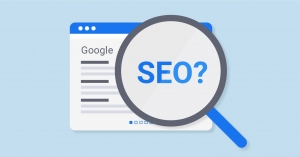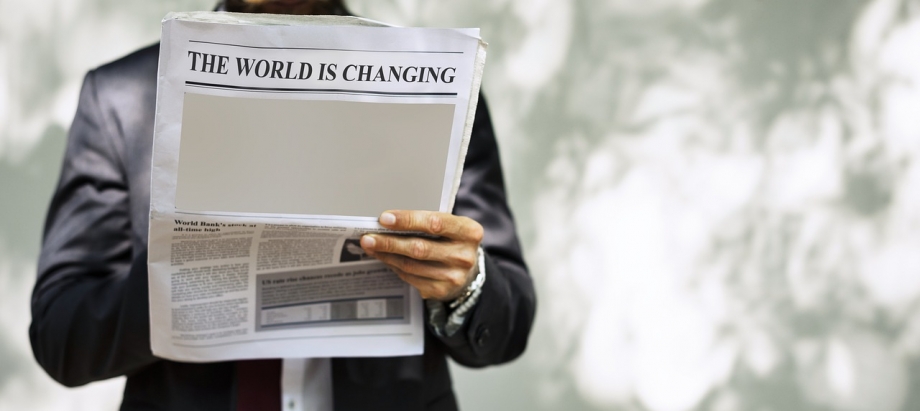When I was a kid, music always felt out of reach. I loved listening to it, but learning it? That seemed impossible. The notes, the lines, the symbols—it was all confusing. My school music class was brief, and I left with no real knowledge of how to read sheet music or play any instrument. I assumed that I'd missed my chance. Years passed, and I still carried that feeling—that music wasn't for me. That changed when I came across the concept of Color Coded Music. It seemed like a small idea at first, but it became a major turning point in my learning journey.
A few months ago, I decided I wanted to learn piano. Not to perform or impress anyone, just to play songs I loved. I bought a small keyboard and sat down full of excitement. That excitement faded quickly. I struggled to remember the names of the keys and couldn't keep up with even the easiest tutorials. I'd pause videos every few seconds, frustrated and feeling too old to learn something new. I almost gave up. Then I searched for beginner tips and found the website Musical Colors. What I saw there felt like a sign.
The website talked about how color can help people learn music more easily. That made sense to me. I've always learned better visually. When I was a student, I used color to study for tests. It helped me remember things. So, why not try it with music? I ordered their sticker set and started reading more about their approach. The idea of matching notes with colors sounded so simple, but also so smart. It made me wonder—why didn't anyone teach it this way before?
Once the stickers arrived, I placed them on the keys of my keyboard. Each note had its own color, clearly labeled and easy to see. I felt a wave of relief just looking at it. Suddenly, the keyboard wasn't a mystery anymore—it was a map. I sat down and played a simple tune. And for the first time, it made sense. I wasn't guessing or second-guessing. I was playing with confidence. I could find the notes quickly, and I actually understood how they worked together.
The next step was learning to read music. That part had always scared me. Sheet music looked like a secret code, and I had no clue how to crack it. But when I tried reading Color Coded Sheet Music, everything changed. The notes on the page matched the colors on my keyboard. I didn't need to stop and figure things out. My fingers knew what to do, just by following the colors. It wasn't magic—it was clear design, built for people like me who needed a different way to learn.
This new way of reading helped me develop rhythm and muscle memory. The more I played, the more I remembered where notes were. After a while, I could play short songs without even looking at the stickers. That's when I realized I was really learning—not just memorizing, but understanding. For someone who never thought music would make sense, this was huge. I felt proud of myself, and for the first time, I truly believed that music was for everyone, not just a few talented people.
The method didn't just help with piano. It helped me hear music differently too. When I listened to songs, I started picking up patterns. I'd recognize the structure and could sometimes match what I heard with the notes I knew. I even started creating simple melodies of my own. I wasn't trying to write a masterpiece. I just wanted to explore. And I could, because I had the right tools to guide me.
That's what I love most about Musical Colors. It's not just a company selling stickers. It's a team that understands how people learn. They created a system that turns confusion into clarity. They know that learning should be joyful, not stressful. They didn't tell me I had to learn music one way. Instead, they gave me an option that worked for how my brain works.
One of the questions I had in the beginning was whether to use stickers or printed charts. I read their article on stickers vs. sticker guides? and found it really helpful. For me, having the stickers right on the keys was the best option. I didn't want to keep looking back and forth between a guide and the keyboard. The stickers kept everything in one place, so my eyes and hands could stay focused. It made practice smoother, and I felt less overwhelmed. For someone else, a removable guide might work better. But for me, the direct, visual aid of stickers was a game-changer.
One Saturday afternoon, I invited a friend over who had also mentioned wanting to learn music. She was surprised when I played a short piece. I told her I'd only been learning for a few weeks, and she didn't believe me at first. I showed her the colored stickers and the music I was using. She laughed and said, “That's so smart!” A few days later, she ordered a set for herself. Now we both play and share songs we're learning. It's become something we can enjoy together, and it's helped us stay motivated.
There's a special kind of satisfaction in being able to say, “I taught myself this.” I didn't need a tutor or an expensive course. I just needed a system that matched how I think. I also appreciate how Musical Colors supports different types of learners—young kids, adults, people with learning differences, and even educators. They believe music should be inclusive. That message really speaks to me.
Even now, as I improve and rely less on the stickers, I keep them on my keyboard. They remind me how far I've come. They're not a crutch—they're a tool. One that gave me the start I needed. And now that I can read music and play songs, I feel like I'm part of a world that used to seem far away. I listen to piano pieces and think, “Maybe I could play that someday.” That's a big shift from where I started—lost and confused, wondering if I'd made a mistake by trying.
One of the last things I learned about was the Music Color Code system itself. It's based on assigning a unique color to each musical note, which helps people quickly recognize patterns and intervals. It's not just for piano either. They offer similar learning tools for guitar, violin, bass, and even early childhood music. That shows how flexible and universal the system is. It's not about one instrument. It's about building musical understanding in a way that's fun, easy, and empowering.
Looking back, I'm grateful I didn't give up. I'm glad I found a path that worked for me. So many adults think it's too late to start learning an instrument, but that's just not true. The real issue is finding the right method. And thanks to Musical Colors, I found mine. It wasn't complicated. It wasn't expensive. It was just designed with learners in mind.
If you've ever dreamed of playing music, or if you've tried before and gave up, I encourage you to explore color-coded learning. It's not about doing things the “easy way.” It's about learning in a way that makes sense for you. Whether you're a child, a parent, a teacher, or someone who simply loves music, this method offers something valuable. It's never too late to learn. And with the right support, you'll be surprised how far you can go.





